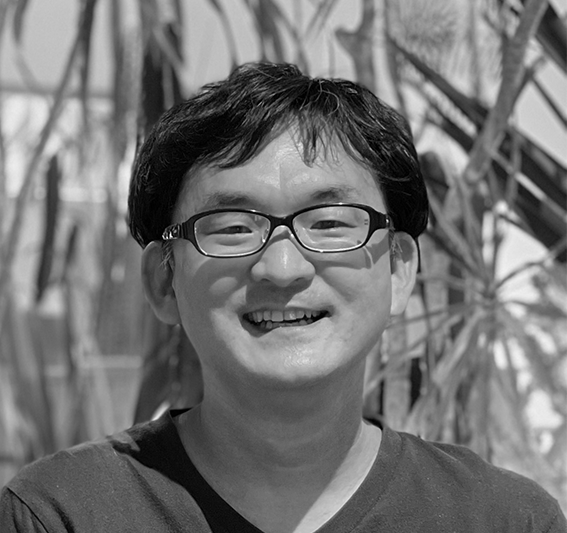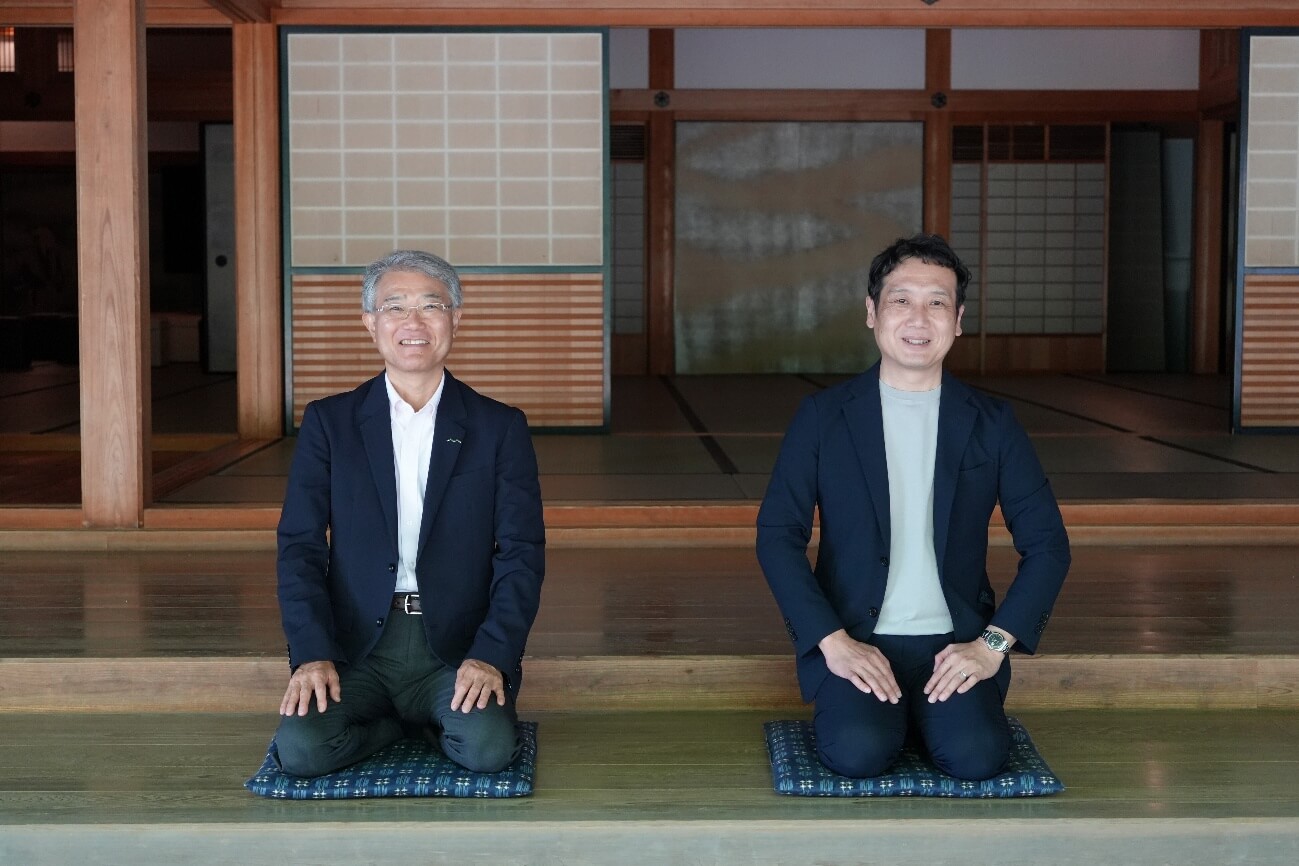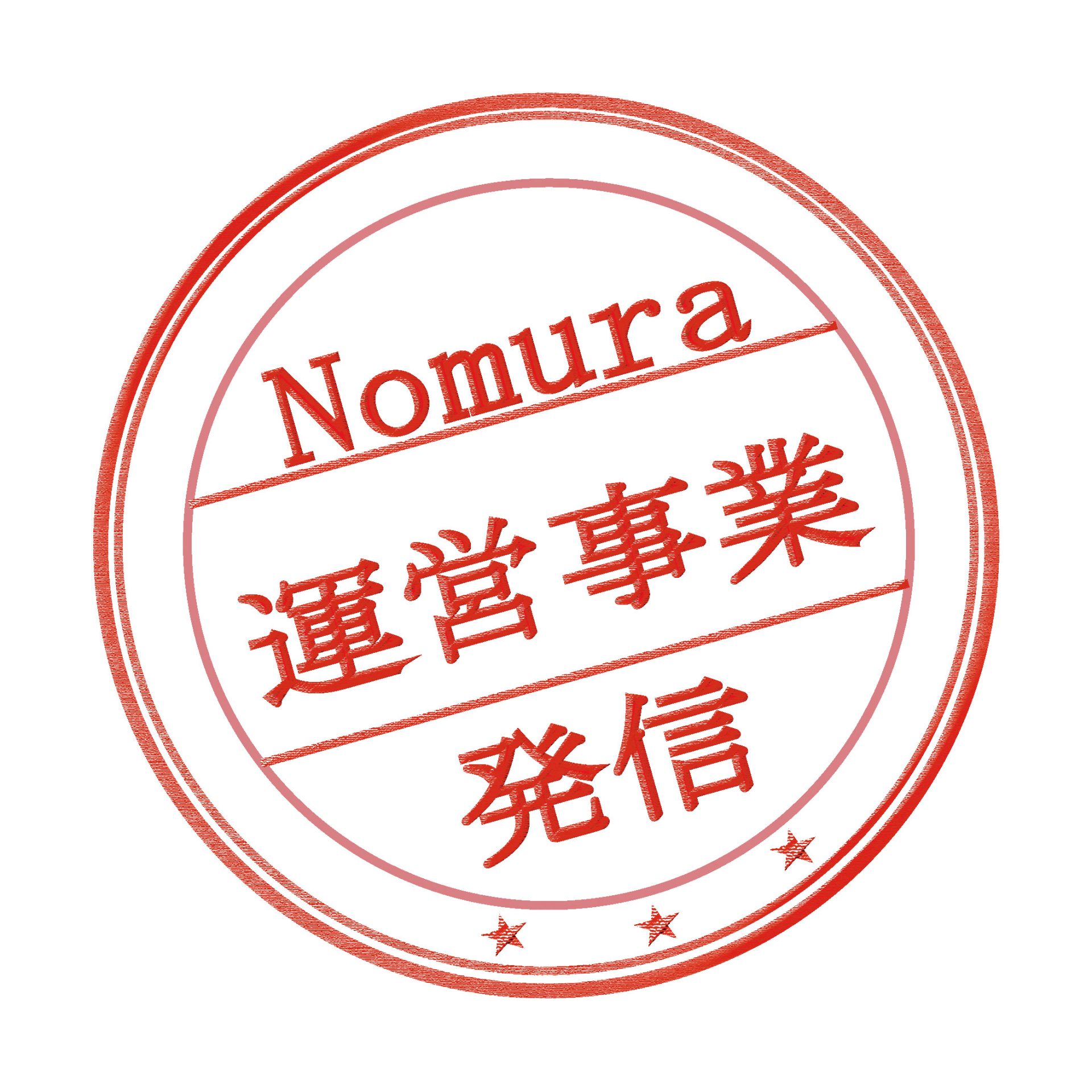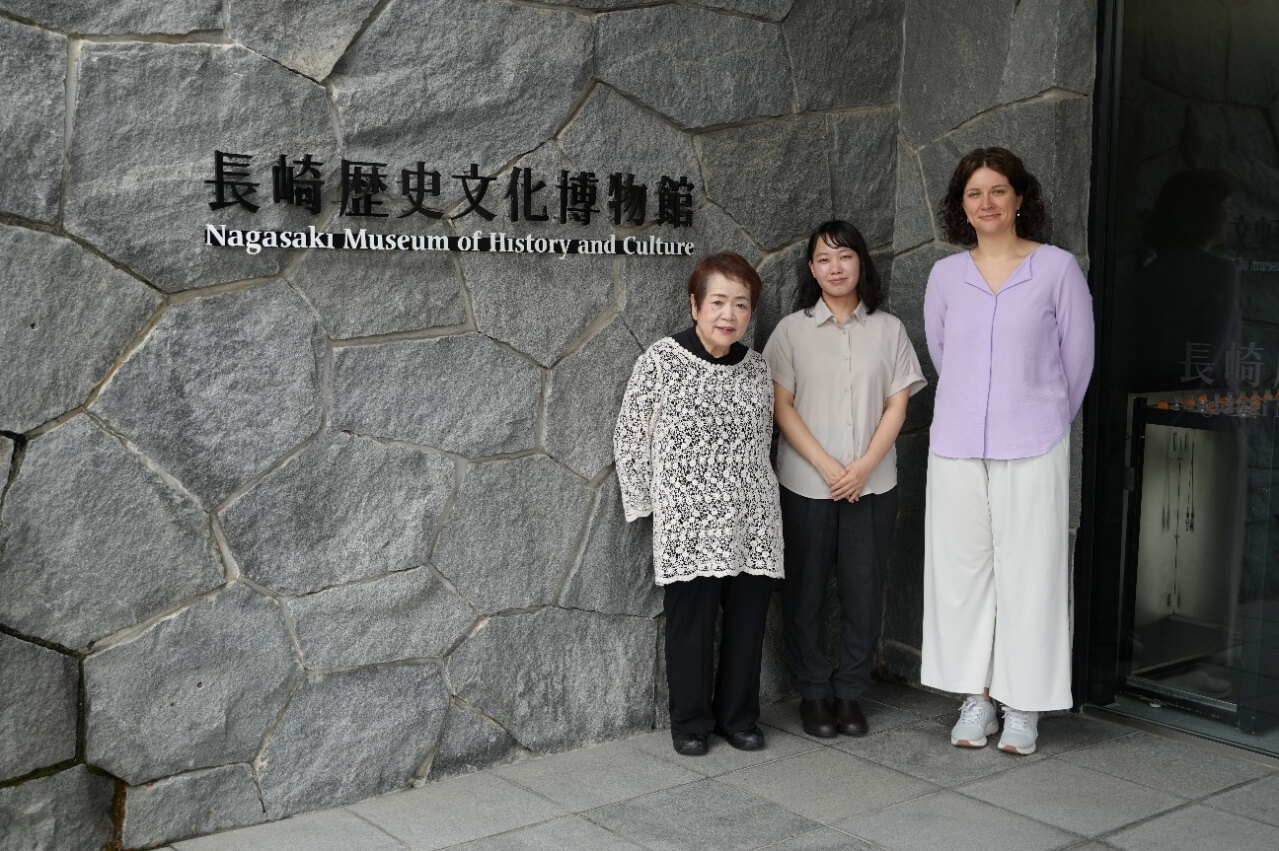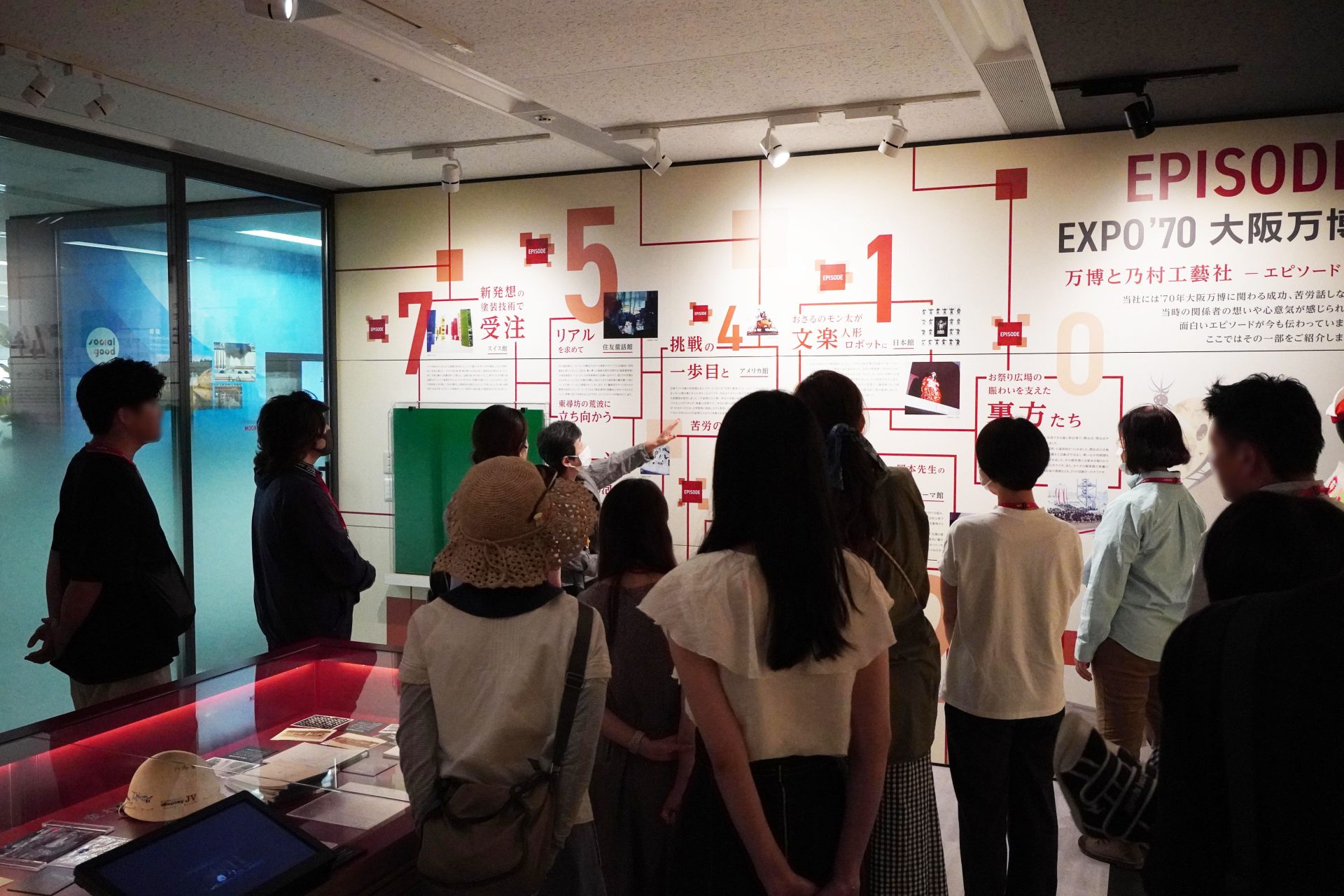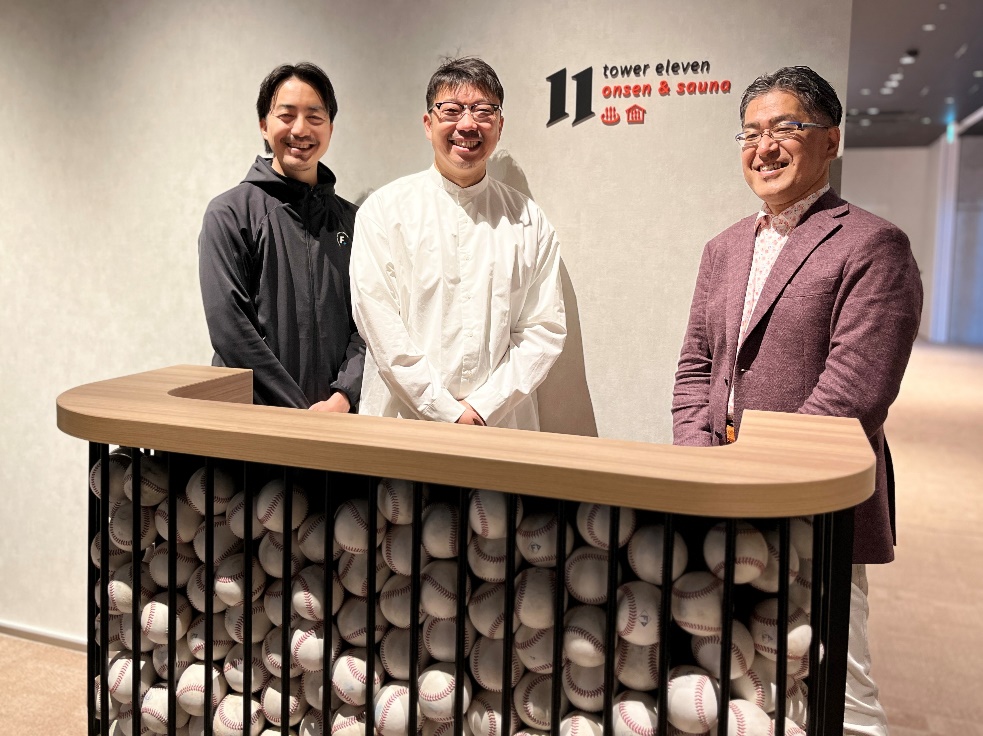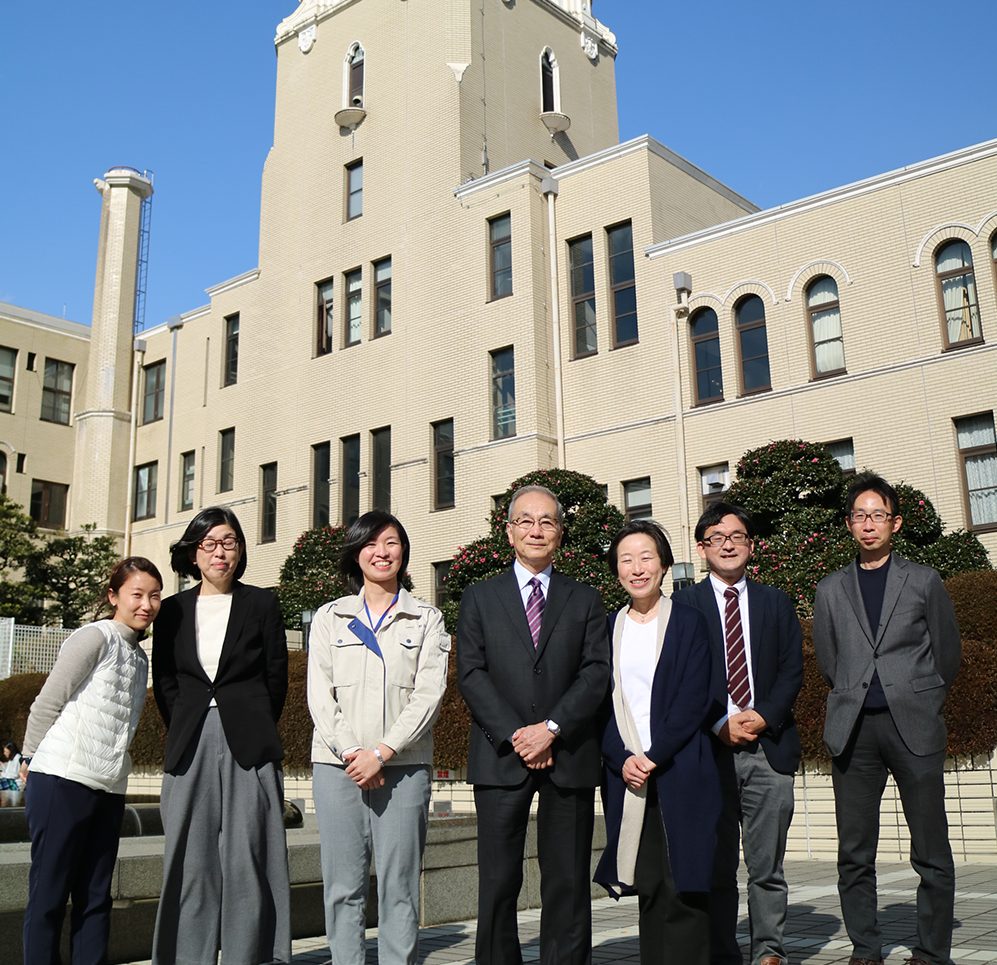
Considering the Modern Significance of History Museums in Shizuoka
2022/03/28- text and edit by
- Seiichiro Mori
Why did Shizuoka City, where there was no general history museum, decide to build it now?
Until now, neither the prefecture nor the prefectural capital, Shizuoka City, had a comprehensive history museum dealing with the entire history of Shizuoka. However, in 2010, the "Historical and Cultural Facility Project" started in Shizuoka City. In 2021, the name of the facility was decided to be Shizuoka City Museum of History, and currently, we are aiming to open in 2023, and we are in the final stages of creating an exhibition.
This time, we have Mr. Yoichiro Nakamura, who is scheduled to be the director of the Shizuoka City Museum of History, Mr. Chiho Iwata of Shizuoka City Hall, who has led the project for six years since 2014, and Mr. Nagisa Akagi of Shizuoka City Hall, who is currently responsible for the maintenance of the museum exhibition. I spoke to the name. The interviewer is Seiichiro Mori, the planning director of NOMURA Co., Ltd., who has been involved in this project from basic planning to exhibition construction.
Looking back on the situation before the project started, and the efforts after the start, why the history museum was created, how everyone acted in it, how they played their roles, and what they thought of the history museum. You talked about your expectations.
 Shizuoka City Museum of History, currently under construction. Scheduled to open in January 2023.
Shizuoka City Museum of History, currently under construction. Scheduled to open in January 2023.
Why has Shizuoka never had a comprehensive history museum?
wood
Today, I would like to talk about the history and culture facility project before it started and what happened after it started. First of all, I would like to ask about how you became deeply involved in the history of Shizuoka.
Nakamura
I joined the local studies club in high school, and majored in history and folklore in college. After that, I became a high school teacher and came back to Shizuoka. When I was teaching Japanese history at Shizuoka Prefectural High School, I was involved in editing the 100-year history of Shizuoka High School. The 100-year history of Shizuoka High School is not just the history of high school, but the history of education in Shizuoka itself. I devoted myself to collecting, writing, and editing materials for about three years. That was the biggest reason why I couldn't leave Shizuoka's history.
After that, I joined the Cultural Properties Division of the Prefectural Board of Education, and at the request of the prefectural citizens (in 1985), I started compiling the prefectural history, and completed it on schedule in the 13th year. The last one was the chief of the prefectural history. In the process, the voice that a history museum is essential for the prefecture or city became stronger, leading to the museum in Shizuoka, an ordinance-designated city.
Iwata
I am Iwata, former manager of the Shizuoka City History and Culture Division. I've loved history since I was little, but I didn't pay much attention to local history. I think I started to take an interest in it when I was hired by the city hall as a person in charge of cultural properties and became involved in my work.
Akagi: Ever since I was little, I have been familiar with the historical sites of Shizuoka. I used to climb Mt. Also, my parents often took me to the Toro Museum, the Shizuoka City Cultural Assets Museum, and museums outside the city. However, I didn't have a strong interest in the history of Shizuoka, but I think I got into it after graduating from university and getting a job.
wood
I heard that you have been involved in the history of Shizuoka for a long time, but did you have any experience in establishing a historical facility before this project?
Nakamura
A large number of materials were gathered in compiling the history of the prefecture, but there is no public archives in the prefecture. I felt that I had to somehow pass on this tradition, so I formed a group of people involved in the prefecture's history, and the momentum to build an archives and museum began to build up. After the prefectural history compilation project was completed, the vast amount of collected materials was preserved and made available to the public by an organization called the Historical and Cultural Information Center.
But it's hard to get to the important museum. Shizuoka is the only place where there is no history museum, and this time, we have finally reached here.
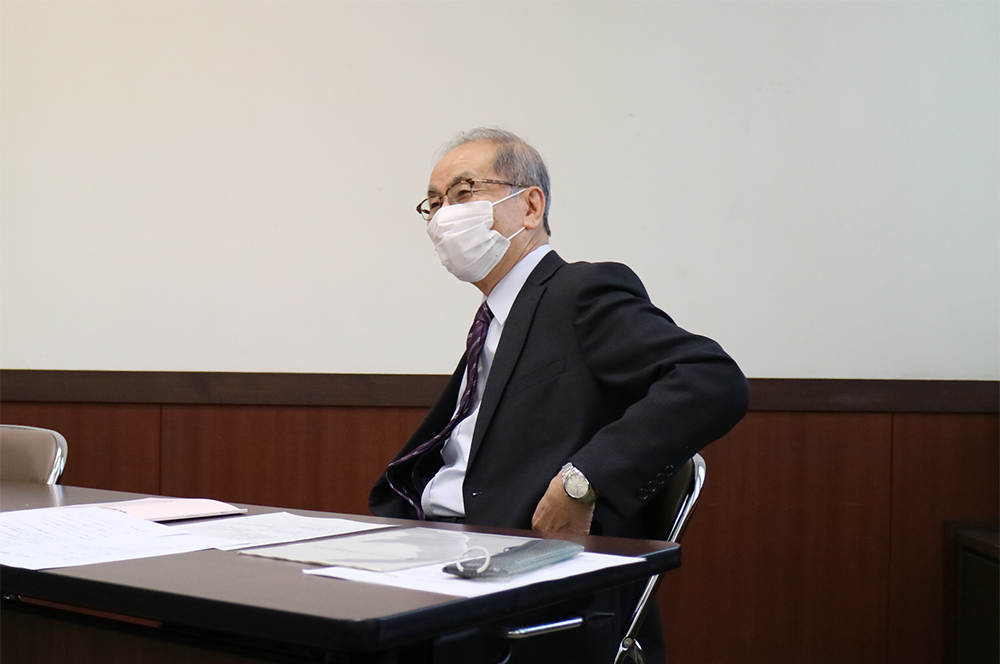 Youichiro Nakamura. He is scheduled to become the director of the Shizuoka City Museum of History, which will open in 2023.
Youichiro Nakamura. He is scheduled to become the director of the Shizuoka City Museum of History, which will open in 2023.
wood
Why hasn't a general history museum been established in Shizuoka until now?
Iwata
As I am involved in the work of cultural properties, the topic of why I can't do it often comes up. In Shizuoka City, there was a project to maintain the Toro Ruins and open the Toro Museum, which had a great impact on post-war Japanese archeology. Then? Or, Shizuoka City has Sengen Shrine and Kunozan Toshogu Shrine, and you can see historical things up close, so maybe there isn't much demand for museums? There was also a story.
In addition to the Toro Museum of archaeology, there was also the Shizuoka City Cultural Assets Museum, which exhibits the treasures of Shizuoka Sengen Shrine, so I wondered if I was satisfied with that, and the staff talked with each other.
Akagi: When I was a child, I wondered why there were no museums. There is a museum in Toro, but I wanted to know more about the Edo period in Shizuoka.
I have an idea. However, it does not lead to concrete establishment
wood
Wasn't the idea of establishing a museum in the city ever taken place before?
Nakamura
There is an art museum in the prefecture. That, too, was originally a museum concept. In 1980, when excavating the grounds of Sunpu Castle, it was discovered that it was the Imagawa House, and it was decided that an art museum could not be built in the moat. That may have something to do with it too.
In addition to the art museum concept, there was also the concept of creating a world-class tea museum. The prefecture and municipalities in the prefecture agreed to establish a museum that considers the comprehensive mechanism of tea, including its cultural significance. But the bubble burst and the plan fell through.
wood
I had a lot of projects, but they fell through. Momentum for the establishment of a general history museum is not growing. Professor Nakamura, how did you feel about such a situation?
Nakamura
Of course, I felt like I had to do something about it. I tried to work through the Association for Realizing History Museums, but it was quite difficult. For example, Sendai has a core collection, such as the treasures of the Date family, but Shizuoka does not (because of the history of being under the direct control of the shogunate without a castle owner). If there was a large collection of items that the lord used regularly, there would be a lot of momentum to create a museum with that as a core. It may have been one of the reasons that it was broken.
Finally started the project! The theme is Mr. Tokugawa and Mr. Imagawa
wood
The museum is finally born after overcoming such a difficult situation. Please tell us how this project started.
Iwata
In April 2003, Shizuoka City and Shimizu City merged. bottom.
In 2005, a new comprehensive plan was formulated for Shizuoka City, and it was decided that historical and cultural facilities would be developed under the authority of the mayor rather than the Board of Education. In order to make it a facility that incorporates elements such as urban development and economic activities, the name "museum" was deliberately not used, and the plan proceeded with the expression "historical and cultural facility".
In order to make it a facility that would attract visitors from outside the city and prefecture, it was decided that it would be better to focus on a major theme that Shizuoka City could come up with, and talks proceeded in the direction of creating a facility centered on Tokugawa Ieyasu and Mr. Imagawa. . At the same time, Mr. Nakamura's activities to establish museums are becoming more active. The change of mayor in 2011 became a big turning point, and the project began to move greatly.
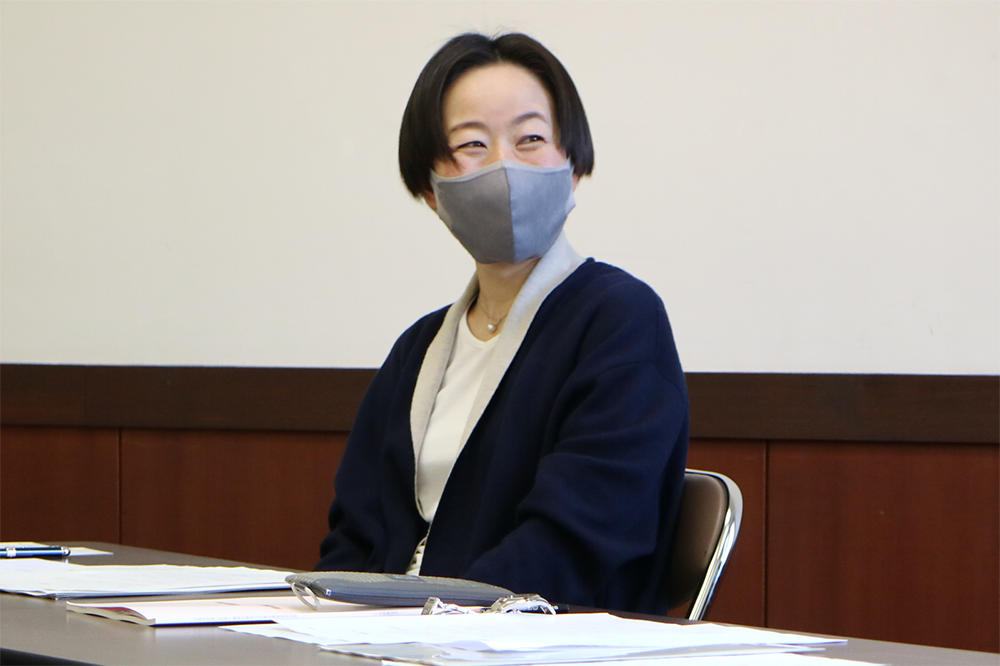 Chiho Iwata Mr. He has been involved in the history museum project in Shizuoka City for many years.
Chiho Iwata Mr. He has been involved in the history museum project in Shizuoka City for many years.
Nakamura
The Chamber of Commerce and Industry is also involved in the close-up of Tokugawa's story. Originally, the Chamber of Commerce and Industry took the lead in setting the memorial year for the 400th anniversary of the death of Prince Ieyasu. In 2012, Shizuoka established the Tokugawa Mirai Gakkai to promote Tokugawa. This Mirai Gakkai has been active with professors who are known all over the country as directors.
Therefore, as a chamber of commerce and industry, we recommend two things: tourism promotion and the Tokugawa and Imagawa themes. By holding various lectures and requesting the establishment of a museum almost every year, the momentum is gradually building up.
wood
Earlier, I heard that the project was promoted as a historical and cultural facility rather than a museum, but in the end the name was decided to be Shizuoka City Museum of History. What is the reason for this?
Nakamura
Originally, there was an atmosphere that it was difficult to budget for the name of the museum. Also, since museums are difficult to link with tourism policy, I also wanted to make it a base for tourism as a historical and cultural facility. However, from the point of view of the citizens, even if it is called a historical and cultural facility, they do not know what kind of facility it is.
Akagi
So, around the year before last, there was a discussion about what to do with the official name, and in talking with Professor Nakamura, I wanted to cherish the museum. Based on that, we debated which one would be the best from among the five name candidates. In the end, the genre was a museum dealing with the history of the city, so we decided on the Shizuoka City Museum of History.
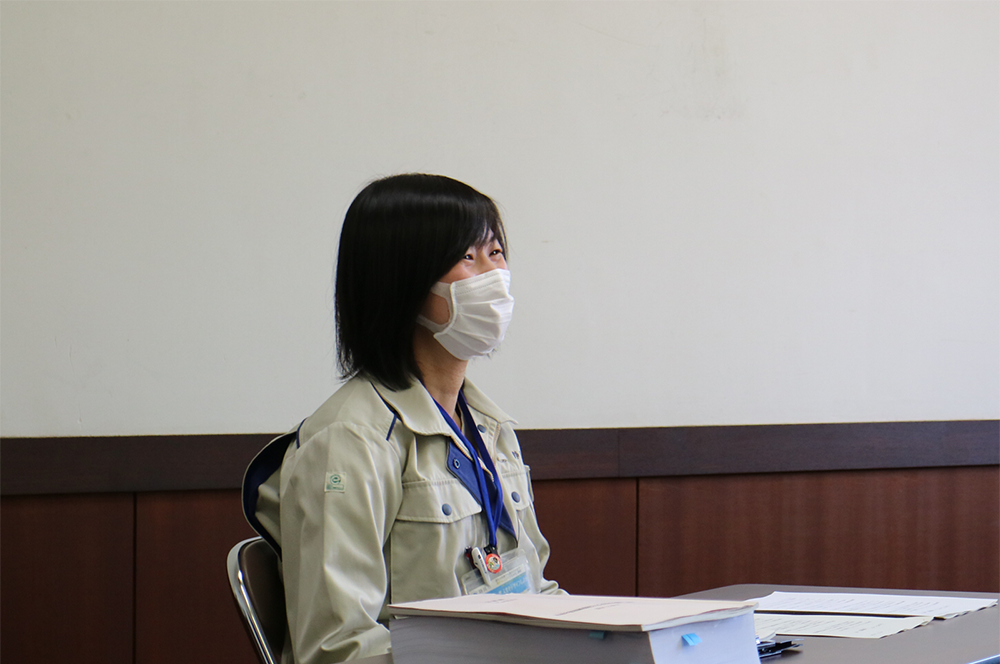 Nagisa Akagi. Towards the opening in 2023, it plays a central role in the exhibition maintenance of the Shizuoka City Museum of History.
Nagisa Akagi. Towards the opening in 2023, it plays a central role in the exhibition maintenance of the Shizuoka City Museum of History.
Nakamura
As a result, thanks to the easy-to-understand and big name, you can do anything. I think it will be easy to do various developments in the future.
The chairperson is Professor Nakamura, who understands the philosophy the most.
wood
Please tell us what roles each of you played in this project.
Nakamura
I don't have a particular public position, but I've been making an appearance as an academic and being in charge of historical programs on NHK's local TV.
I think that everyone at the city hall understood what I wanted to do, and they decided to include me as a member when the review committee was formed.
Iwata
The teacher's effort was quite significant. Since I was in an administrative position, I wasn't in charge of cultural properties between 2009 and 2013, but from an outside perspective, I could see that committees had been set up and that the movement toward museum development was in full swing. think. I myself have been involved in the museum maintenance business since 2014. I was in charge of basic planning, basic design, and implementation design for six years. After that, I was transferred to the Tourism Division in 2020 and to the General Affairs Division this year, but I am still involved in the operation of the museum in various ways.
Akagi
Since 2016, I have been assigned to the History and Culture Division. Originally, I was involved in the “visualization” of the excavation survey of the castle tower of Sunpu Castle. In order to consider the future maintenance of the castle tower site, in addition to obtaining data from excavation surveys, this is an initiative to show the state of excavation and its progress to citizens and tourists. I am currently in charge of the history museum project, but I still play the role of connecting Sunpu Castle and the history museum.
wood
When I heard Mr. Iwata's story, did you feel that the chairman of the committee was only Mr. Nakamura?
Iwata
At the time, when it was called a historical and cultural facility, the catchphrase "from cultural power to economic power" was put forward. Therefore, it is difficult to be the chairman unless the person understands the facility plan that has expanded tourism and the local economy. There are some historical researchers, but Professor Nakamura is the only one who understands economics. The answer was clear as to who should be the chairperson in terms of the best understanding of the city's concept of the facility.
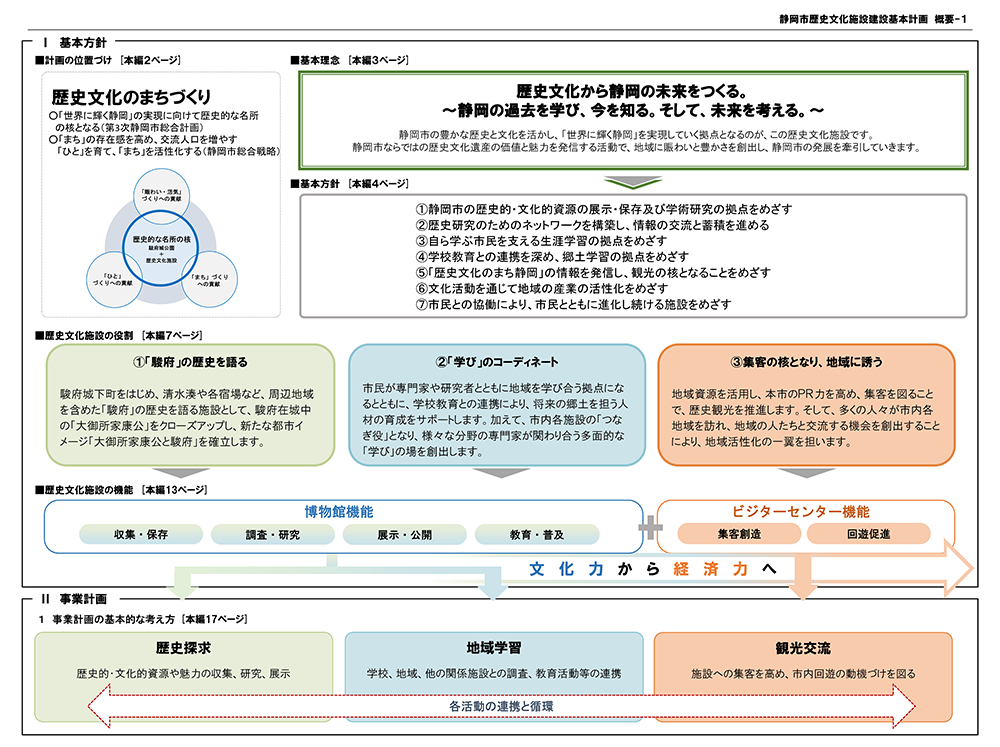 A basic plan outline version (formulated in 2018) showing the policy of "from cultural power to economic power".
A basic plan outline version (formulated in 2018) showing the policy of "from cultural power to economic power".
Nakamura
I have my own ideas about the relationship between the government and cultural facilities. Considering the situation of the times, I think that cultural power and tourism are the best ways to live in local cities. I thought it would be necessary to create a culture and museum bureau and create a mechanism that could be developed while incorporating policies.
I don't want it to end with the museum being built and how many people have entered. That's why I want the staff to have the idea of how to make use of this huge mass of knowledge for the future of the city.
Iwata
In the city, the cultural promotion, sports promotion, and cultural properties that were in the Board of Education were reorganized into the Tourism Exchange and Cultural Affairs Bureau under the same director as the Tourism Division that was in the Economic Affairs Bureau. It's not quite working yet, but I think it's a start.
Nakamura
Even if you can come up with a big concept, it is no good if it cannot be developed in a unified manner due to vertically divided administration. Museums must have tremendous potential, and I would like to see a system that actively utilizes them.
Underlying it is the “Sho Okorai”. Learn from the past and apply it to the future
wood
I heard that the basic plan includes the phrase "from cultural power to economic power", but please tell us if there are any other concepts or keywords that are important for this facility.
Akagi
The basic philosophy is "Creating the future of Shizuoka from history and culture. Learning Shizuoka's past, knowing its present, and thinking about its future." I think it's a phrase that says.
The meaning is to “clear the past and think about the future”. I think that process is important in any field, not just history. Even if you don't particularly like history, I think it would be great if you could feel something from the museum and make use of it in your own life.
Iwata
The reason why I became interested in history is because I really enjoyed seeing the life scenes of people in the past come to mind. For example, people in the Jomon period were making pottery with the same sense as today, and ancient documents from the Heian period showing scenes of major earthquakes can be used for future earthquake countermeasures. What happened in the past could happen in the future. History is not something you memorize, it's something you live in the future. I was doing it because I wanted that kind of thing to spread to the citizens in some way. I definitely don't want a history museum to be just a chronology. I think that's exactly what it means to come to Shoko.
In fact, it has been decided that the calligraphy "Sho Okorai" written by the Tokugawa family will be exhibited at the museum. This was originally displayed in the mayor's office. When I explained my intentions to the mayor, he gave me permission to exhibit at the museum without a second reply.
Nakamura
It's amazing that words from 2,000 years ago are still alive today. It's a universal principle.
 A framed plaque of "Sho Okorai" that is currently displayed in the mayor's office. Handwritten by the Tokugawa family, the 16th head of the Tokugawa family. It will be open to the public at the Shizuoka City Museum of History.
A framed plaque of "Sho Okorai" that is currently displayed in the mayor's office. Handwritten by the Tokugawa family, the 16th head of the Tokugawa family. It will be open to the public at the Shizuoka City Museum of History.
wood
The museum is scheduled to open in 2023, but I would like to hear how the citizens react to the museum.
Nakamura
Citizens who are interested in history have high expectations, but it cannot be said that people who are not interested in history are recognized yet. I think it is very important how we fill that gap. What we need to do from now on is find a way to get everyone to have expectations. It is very difficult, but I feel that it is worth doing.
Iwata
I haven't heard any openly opposing voices, but when I think about it calmly, I get the feeling that they haven't reached the point where they oppose it, and that they actually don't have much interest in it. However, if the museum opens, I think there will be a part that will expand. I feel that the activities after opening will be very important.
Akagi
Now that the official name has been decided as the Shizuoka City Museum of History, the number of voices saying, "Oh, we can make a museum!" has grown louder this year. In addition, we are receiving more and more inquiries about donating materials from people who live outside the prefecture and have a connection with Shizuoka City. As Mr. Iwata said, I think it is important how we get into the community once it is established. In the basic plan, we place great importance on the idea of "a museum that grows together with the citizens." I would like to focus on being a museum that is close to the citizens.
A museum where the next generation can love Shizuoka, love history, and passionately talk about it
wood
Lastly, please let us know your thoughts on the museum and if there is anything you would like to appeal to the public.
Nakamura
I think the important point is how the city's policies, strategies, and how the museum can be developed in the future. Considering myself as a citizen of Shizuoka, how to attract the next generation of children to Shizuoka must be a major goal. In that sense, I would like to cherish what children will feel about the museum as future citizens of Shizuoka.
Another thing is that we must not forget the position of historical research itself as an academic base. We will maintain and further develop the functions of the museum. For that reason, I think it is essential to clarify the history of Shizuoka properly. I think Shizuoka in the Edo period had great potential. It would be nice if the research obtained at the Shizuoka City Museum of History should be widely disseminated to the outside world.
Iwata
I want citizens to be able to speak in their own words about the city where they grew up, and I want this facility to help them do so.
Akagi
I have experienced several times that when I walk around the area with the citizens, the way I see the area changes when I combine the history I know with the familiar knowledge of everyone. I think it would be great if we could share that kind of enjoyment with museums as a base. There is a lot of pressure that this museum will have to run at the top in Shizuoka right after it opens, but that is why I think it is necessary for us to move forward together with the support of the citizens.
Nakamura
The other day, someone asked me, "What is the highlight of the museum?" I think the question comes from the concern that it would be inadequate without specific exhibits and items to attract people. I'm working hard to make it meaningful to the people of Shizuoka and Shizuoka City.
Iwata
I want this museum to be a facility that shows stories, not things. If you come here, you can understand not only the things that Ieyasu and Yoshimoto Imagawa used, but also the lives of Ieyasu and Yoshimoto. It would be great if Ieyasu, who lived hard, struggled, and ended his life here, would become a museum where people can see him as a human being just like us. I think so.
wood
The opening of the museum is not the goal, but the start. We look forward to further developments after the museum opens. Thank you very much.
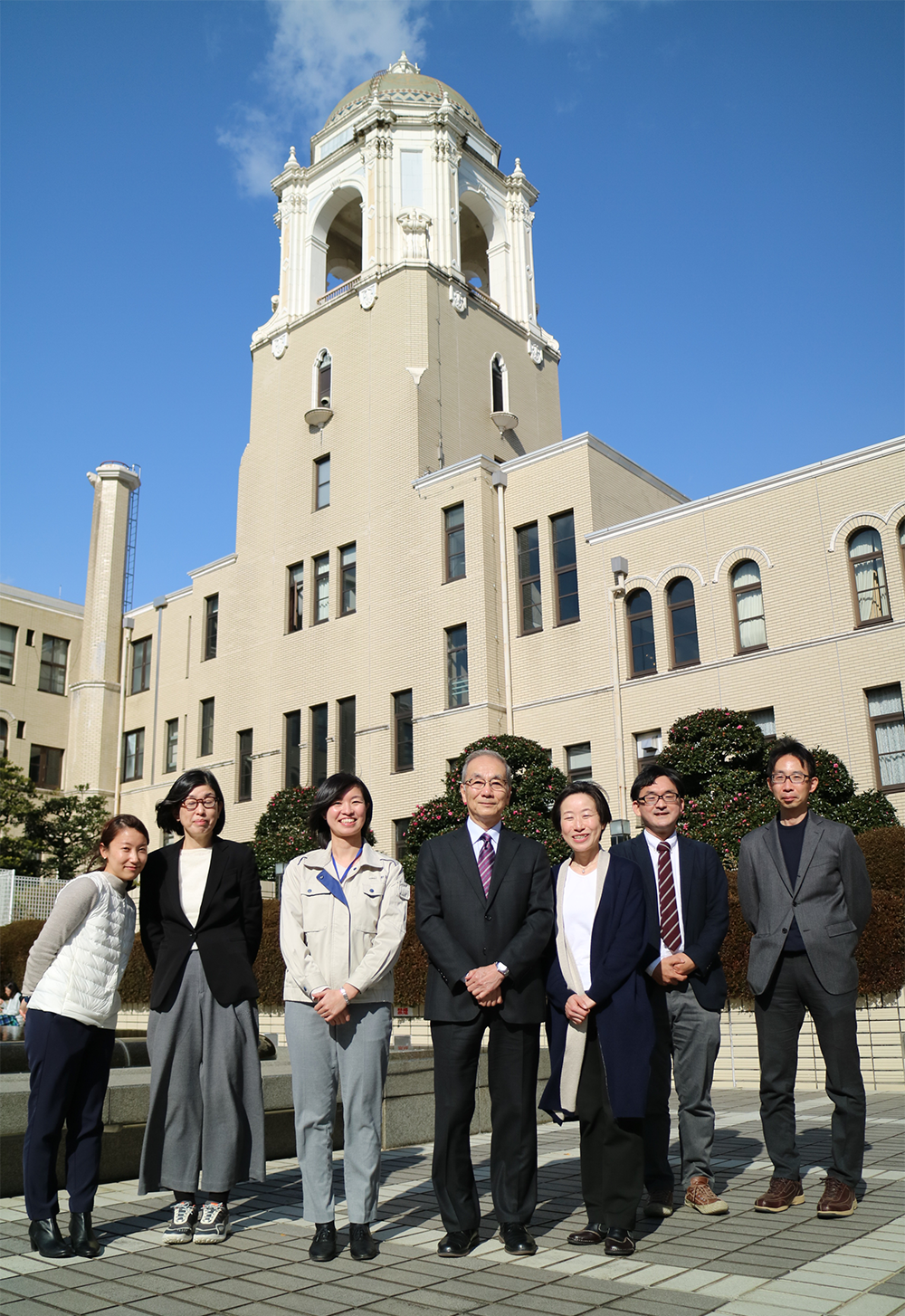 Take a commemorative photo in front of the main building of Shizuoka City Hall, which has an impressive tower top dome. Surrounding Mr. Nakamura, Mr. Iwata, and Mr. Akagi are project members from NOMURA Co., Ltd..
Take a commemorative photo in front of the main building of Shizuoka City Hall, which has an impressive tower top dome. Surrounding Mr. Nakamura, Mr. Iwata, and Mr. Akagi are project members from NOMURA Co., Ltd..
Like this article?
